Seogwipo Kensington Resort (켄싱턴리조트 서귀포)
11.1Km 2025-03-16
684 Ieodo-ro, Seogwipo-si, Jeju-do
+82-64-739-9001
Kensington Resort is located in the pine forest zone of Jeju Island. The resort was built to blend in with the beautiful natural surroundings.
On the coast of Seogwipo, Kensington Resort sits along Gangjeongcheon Stream, Jeju's one and only freshwater stream. The resort is in a peaceful, picturesque location within the beautiful nature of Jeju Island.
Namwon Keuneong Coast (남원 큰엉해안)
11.2Km 2021-05-13
522-17, Taewi-ro, Seogwipo-si, Jeju-do
+82-64-740-6000
Namwon Keuneong Coast's name means "a hill shaped like an opened mouth ready to swallow up the sea," with Jeju dialect "-eong" meaning "hill". The coastal cliff that reach up to 30 meters in x_height and 200 meters in length is covered with soft green grass. In addition to the two natural caves, visitors can also find a 2-kilometer walking path along the coastline, an observatory deck, resting area, and other amenities. This attraction is popular for fishing as well as a date spot for couples.
Noeul Eondeok (몰질식육식당)
11.6Km 2021-03-24
598, Ieodo-ro, Seogwipo-si, Jeju-do
+82-64-739-1542
A restaurant frequently featured in Korean gourmet programs. This restaurant's signature menu is spicy seafood noodle soup with pork. This Korean dishes restaurant is located in Seogwipo-si, Jeju-do.
The Dull Ice Flower (로빙화)
11.7Km 2024-02-28
13 Namtaehaean-ro, Namwon-eup, Seogwipo-si, Jeju-do
The Dull Ice Flower is a pub and café known for its captivating exotic interior. The signature menu item is a flavorful handmade burger made with high-quality beef and black pork from Jeju. The thin-crust pizza and french fries are also popular. The interior resembles a mountain hut with an atelier, offering visitors sea views.
We Hospital (WE병원)
12.3Km 2025-07-29
453-95 1100-ro, Seogwipo-si, Jeju-do
As a premium health resort, THE WE is located halfway up Hallasan Mountain, a UNESCO-recognized World Natural Heritage. In this Korea's first health resort, you can enjoy comfortable 5-star hotel services and healthcare services of Halla Medical Foundation with natural volcanic bedrock water of Jeju and the clean forest of Halla Mountain.
WE Hospital of Halla Medical Foundation operates Korea's only health resort to maximize health management effects utilizing natural environments and various health programs. It provides various one-stop programs of its Health Promotion Center, Plastic Surgery Centers, Wellness Center and Medical Spa Center with the concept of "Medi-Well" that combines "Medical" and "Wellness."
Experience customized healthcare services differentiated from other hospitals at THE WE, a premium health resort.
We Hotel (위(WE) 호텔)
12.4Km 2025-09-15
453-95 1100-ro, Seogwipo-si, Jeju-do
+82-64-730-1200
We Hotel in Jeju is the first premium health resort in Korea that combines a resort with medical services offered by the We Hospital of Halla Medical Foundation. In addition to comfortable hotel services, it also offers differentiated healthcare services, along with wellness and health-promoting programs, whose effectiveness was scientifically proven by medical experts. The hotel offers ultimate healing moments through various wellness programs, medical spa, and mediwell programs, utilizing the clean forests in Hallasan Mountain and pure volcanic bedrock water -- all nature's gifts.
Jeju Island Special Tourist Zone (제주도 관광특구)
12.6Km 2025-05-20
Jeju-do
+82-64-740-6000
Located to the southwest of the Korean Peninsula, the island of Jeju is Korea's largest tourist destination. The entire island has been designated as a special tourist zone, and it's easy to see why: there is hardly any spot on the island that is not photogenic. Unlike mainland Korea, which has a temperate climate, Jeju boasts a climate that is closer to subtropical. Hallasan Mountain, lying at the center of the island, is surrounded by 368 parasitic cones, known as "Oreum." Eleven beaches have been designated as tourist beaches, but including those that are not officially designated, the island features nearly thirty beaches in total. Famous beaches include Iho Tewoo Beach, Samyang Beach, Hyeopjae Beach, Geumneung Beach, and Gwakji Beach. Jeju's renowned Olle Trails, a system of hiking paths, span a total length of 425 kilometers and would take about fifteen days to complete in their entirety.
Hallasan Mountain [National Geopark] (한라산 (제주도 국가지질공원))
12.8Km 2024-12-03
2070-61 1100-ro, Jeju-si, Jeju-do
+82-64-710-3945
Hallasan Mountain stands proudly at the center of Jeju Island and is perhaps the island’s most memorable landmark. Also called Yeongjusan Mountain, meaning "mountain high enough to pull the galaxy," Hallasan Mountain is widely known by scientists for its geological value. Designated as a national park in 1970, there are 368 parasitic cones called "oreum" (Jeju dialect meaning peak) around the main mountain.
Hallasan Mountain is famous for its vertical ecosystem of plants that results from the varying temperatures along the mountainside. Over 1,800 kinds of plants and 4,000 species of animals (3,300 species of insects) have been identified; to explore the mountain's treasures, simply follow one of the well-developed hiking trails.
Hallasan Mountain Trekking (한라산 트레킹)
12.8Km 2020-06-25
2070-61, 1100-ro, Jeju-si, Jeju-do
+82-64-740-6000
Situated on the southern tip of the Korean Peninsula, Hallasan is 1,950 meters in x_height and is the highest mountain in South Korea. Formed from volcanic activity, the mountain is a dormant volcano made mostly of basalt. Home to the magnificent Baekrokdam (lake-filled crater), the mountainside is covered with alpine flora and lush trees.
The mountain is characterized by majestic cliffs, steep slopes, interesting rock formations, and, in particular, myriads of colorful azaleas. There are over 360 small mountains (uniquely-shaped volcanic mountains called “Oreum” in Jeju dialect) surrounding Halla Mountain that offer new delights to visitors with the coming of each new season. Along with Hallasan, the oreums were officially named the Hallasan Natural Protection Area (Natural Monument No.12) in 1966.
There are six hiking trails along Hallasan. Seongpanak Trail on the east and Gwaneumsa Trail in the north go all the way up to the summit (Baekrokdam). Those looking for a less rigorous hike are advised to take the shorter trails reaching midway up the mountain. All trails are relatively short (less than 10 kilometers) and can be hiked in less than a day. Visitors are advised, however, to start early in the morning if planning on hiking up to the summit and to check official operating hours, as some trails are only open during certain hours of the day. Keep reading for information on some of the most popular trails.
* Gwaneumsa Trail (North)—Summit Trail
Gwaneumsa Trail offers hikers the best view of Hallasan’s deep valleys and stunning terrain. Midway along the trail is Guringul (a lava cave) and Tamna Valley. Tamna Valley is especially beautiful during the fall when the leaves are changing and during the winter when the entire area lays under a dusting of snow.
* Seongpanak Trail (East)—Summit Trail
This relatively long, gently sloping trail is perfect for beginners. Lush broadleaf trees give shade from the beating sun and in spring the azaleas bloom and turn the mountainside into a dazzling array of color.
* Eorimok Trail (Northwest)
This short trail is another relatively easy trail for beginners. In spring, the nearby meadows are adorned with red royal azaleas. From the stone pathway to Mansedongsan visitors can catch a breathtaking panoramic view of the countryside and the island’s signature Oreums.
* Yeongsil Trail (Southwest)
As the shortest trail in Hallasan, this trail boasts Yeongsilgiam (a spectacular cliff with series of unusual rock formations). It is covered with azaleas and royal azaleas in spring and vibrant autumn foliage starting in October.
Loving Hut Jeju (러빙헛제주)
13.1Km 2021-03-22
7036, Iljudong-ro, Seogwipo-si, Jeju-do
+82-10-4696-9006
This is a Korean cuisine located in Seogwipo-si, Jeju-do. A vegetarian restaurant. The representative menu is hot pot special.
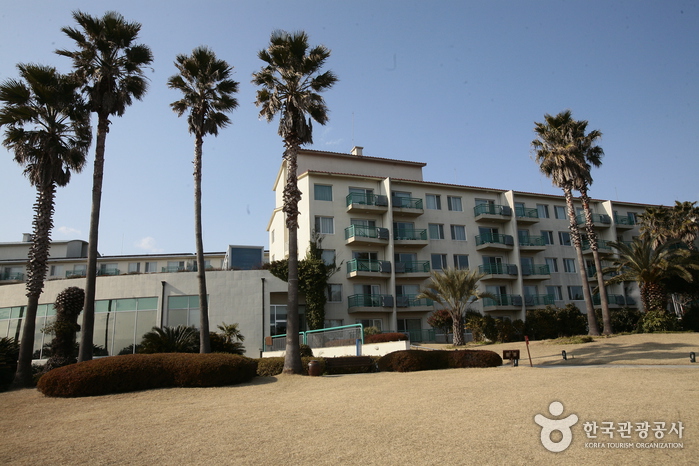
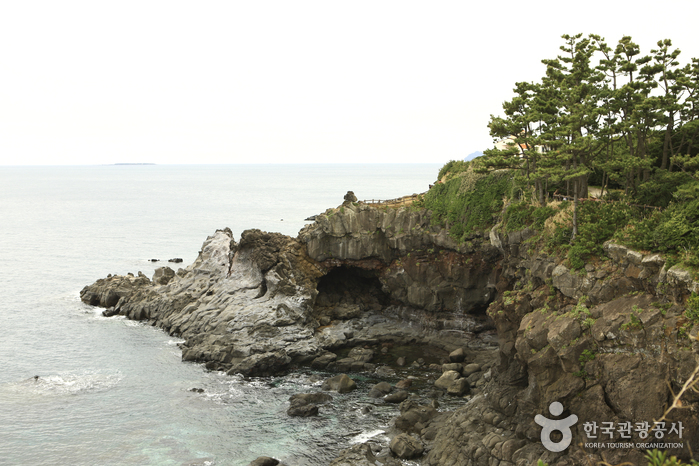
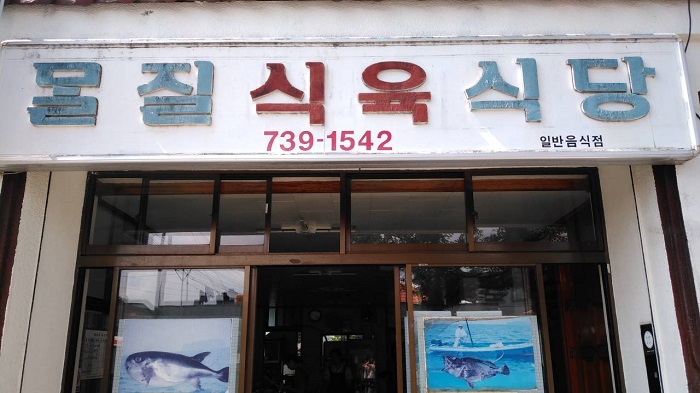
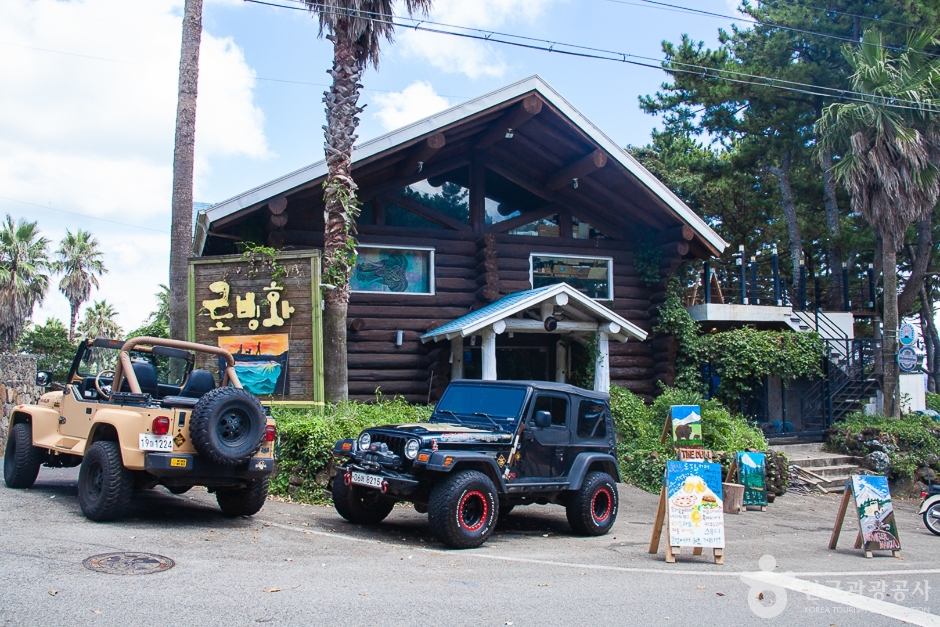

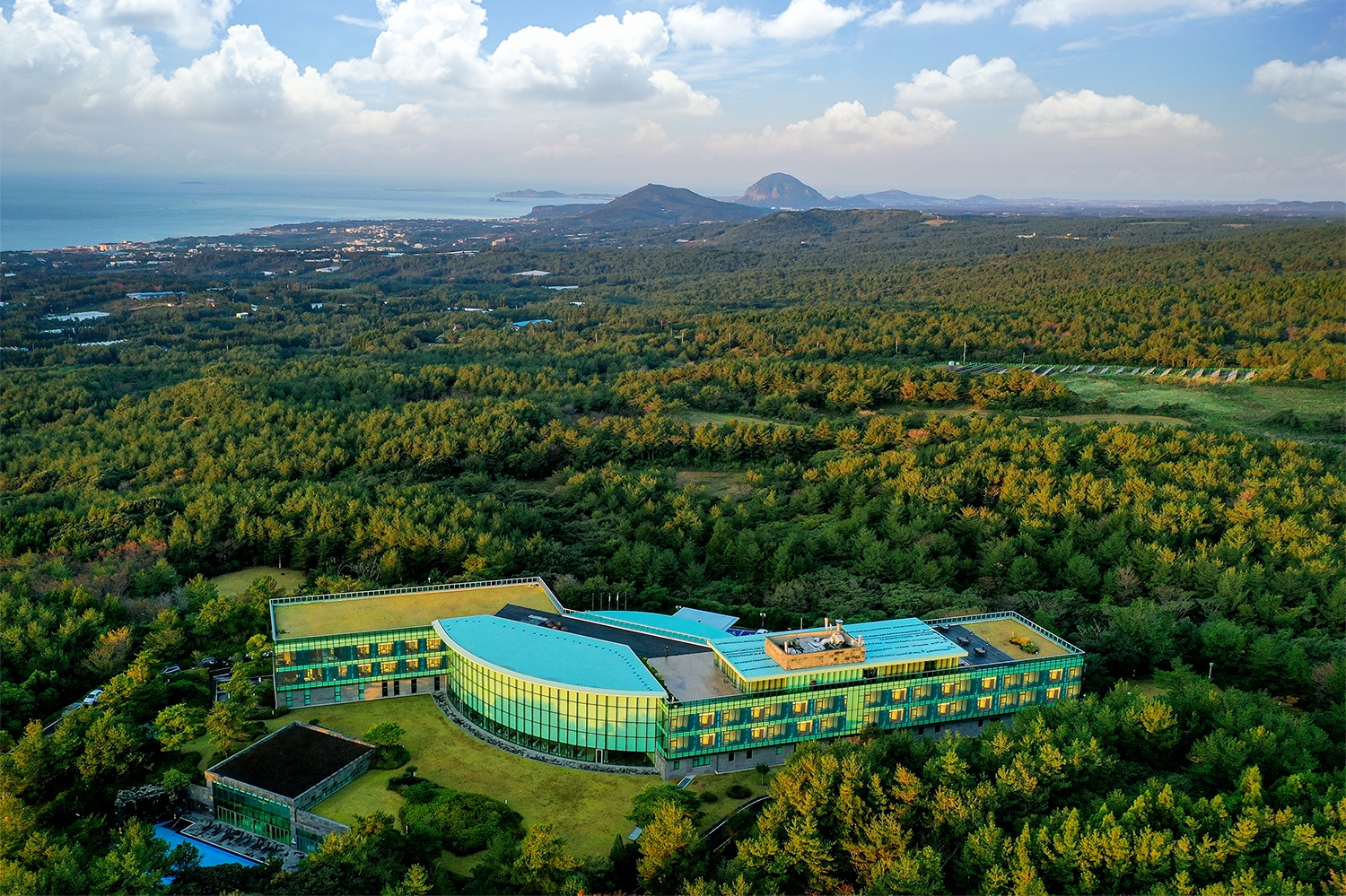
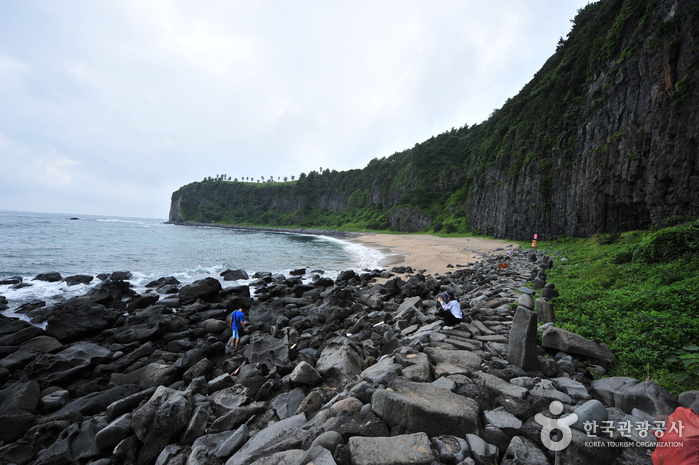
![Hallasan Mountain [National Geopark] (한라산 (제주도 국가지질공원))](http://tong.visitkorea.or.kr/cms/resource/98/2870098_image2_1.jpg)
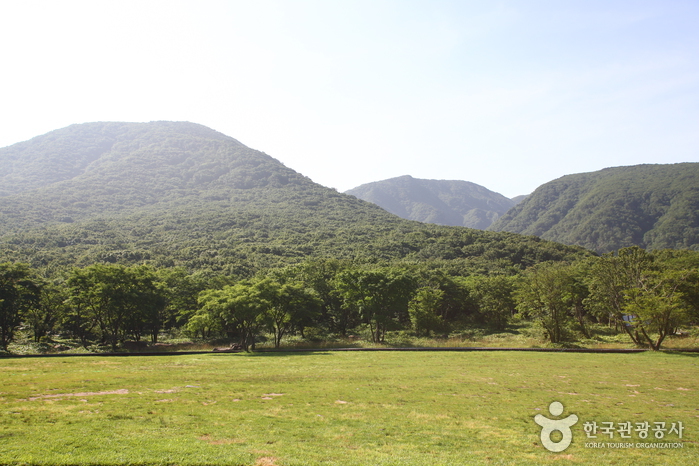
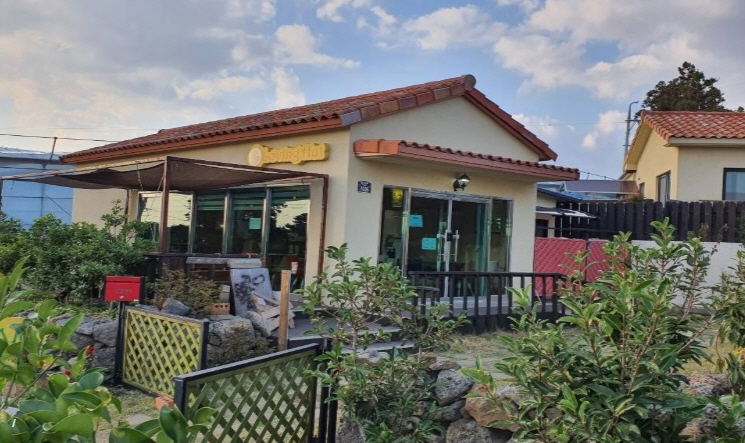
 English
English
 한국어
한국어 日本語
日本語 中文(简体)
中文(简体) Deutsch
Deutsch Français
Français Español
Español Русский
Русский